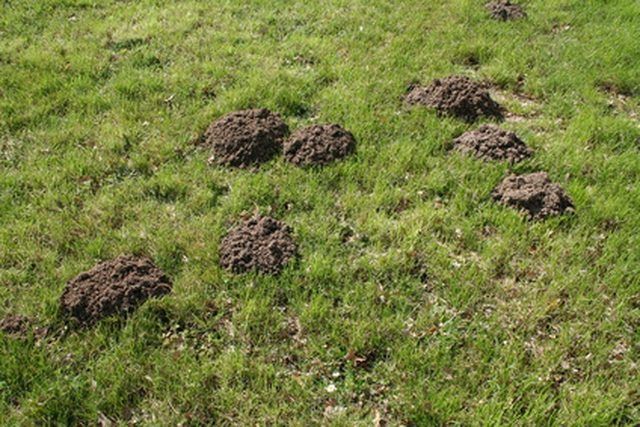Bulbs
Flower Basics
Flower Beds & Specialty Gardens
Flower Garden
Garden Furniture
Garden Gnomes
Garden Seeds
Garden Sheds
Garden Statues
Garden Tools & Supplies
Gardening Basics
Green & Organic
Groundcovers & Vines
Growing Annuals
Growing Basil
Growing Beans
Growing Berries
Growing Blueberries
Growing Cactus
Growing Corn
Growing Cotton
Growing Edibles
Growing Flowers
Growing Garlic
Growing Grapes
Growing Grass
Growing Herbs
Growing Jasmine
Growing Mint
Growing Mushrooms
Orchids
Growing Peanuts
Growing Perennials
Growing Plants
Growing Rosemary
Growing Roses
Growing Strawberries
Growing Sunflowers
Growing Thyme
Growing Tomatoes
Growing Tulips
Growing Vegetables
Herb Basics
Herb Garden
Indoor Growing
Landscaping Basics
Landscaping Patios
Landscaping Plants
Landscaping Shrubs
Landscaping Trees
Landscaping Walks & Pathways
Lawn Basics
Lawn Maintenance
Lawn Mowers
Lawn Ornaments
Lawn Planting
Lawn Tools
Outdoor Growing
Overall Landscape Planning
Pests, Weeds & Problems
Plant Basics
Rock Garden
Rose Garden
Shrubs
Soil
Specialty Gardens
Trees
Vegetable Garden
Yard Maintenance
How to Kill Moles in a Large Area
How to Kill Moles in a Large Area. Moles living in your lawn can lead to dead plants, mounds of piled soil and damage to the grass. These small creatures are not rodents but are as pesky as them. They feed on grubs, worms and other lawn insects. Maintaining a pest-free lawn will discourage moles from returning, but contrary to popular belief, it...

Moles living in your lawn can lead to dead plants, mounds of piled soil and damage to the grass. These small creatures are not rodents but are as pesky as them. They feed on grubs, worms and other lawn insects. Maintaining a pest-free lawn will discourage moles from returning, but contrary to popular belief, it will not rid the yard of them. A large lawn will have several active tunnels, with each needing treatment to get rid of these pests.
Things You'll Need
Mole bait
Check with local authorities to ensure that killing the moles invading your lawn is in accordance with state and local laws. Some states prohibit the killing of these pests.
Identify active tunnels in your lawn. Stomp on a section of each tunnel. Check the tunnel in 24 to 48 hours. If the damage has been repaired, the tunnel is active and treatment should begin with these tunnels.
Locate the entrance to the active tunnels. Place mole bait containing Breomethalin inside the tunnel. This bait is effective in killing moles, which consume it because it looks and smells like worms and grubs.
Re-apply the bait to the tunnel entrances until activity has ceased. Stomp a section of the tunnel again and wait 24 hours. If the tunnel shows no signs of rebuilding, discontinue treatment.